News
The Ultimate Guide to Choosing Solar Pole Lights for Sustainable Outdoor Spaces
As urban areas increasingly prioritize sustainability, the demand for efficient outdoor lighting solutions has surged, with Solar Pole Lights emerging as a key player in this transformation. According to a report by the International Renewable Energy Agency (IRENA), solar energy accounts for approximately 3% of the world's electricity supply and is projected to grow exponentially as technologies improve and costs decrease.

Solar Pole Lights not only provide essential illumination for public spaces and parks but also contribute to energy savings, reducing overall electricity consumption by up to 50% compared to traditional lighting methods. Furthermore, a study published by the National Renewable Energy Laboratory highlighted that investing in solar-powered lighting can enhance safety and community engagement in outdoor areas.
This guide delves into the essential considerations and benefits of choosing Solar Pole Lights, aiming to empower individuals and communities in their pursuit of greener, more sustainable outdoor environments.
Key Factors to Consider When Selecting Solar Pole Lights for Your Outdoor Area
When selecting solar pole lights for your outdoor area, several key factors come into play that can greatly influence both functionality and aesthetics. First and foremost, consider the brightness level of the lights. Depending on the size of your outdoor space and the intended use—be it for ambiance or security—choosing the right lumens output is essential. Generally, a higher lumen rating will provide more light, which can help deter potential intruders while also illuminating pathways effectively.
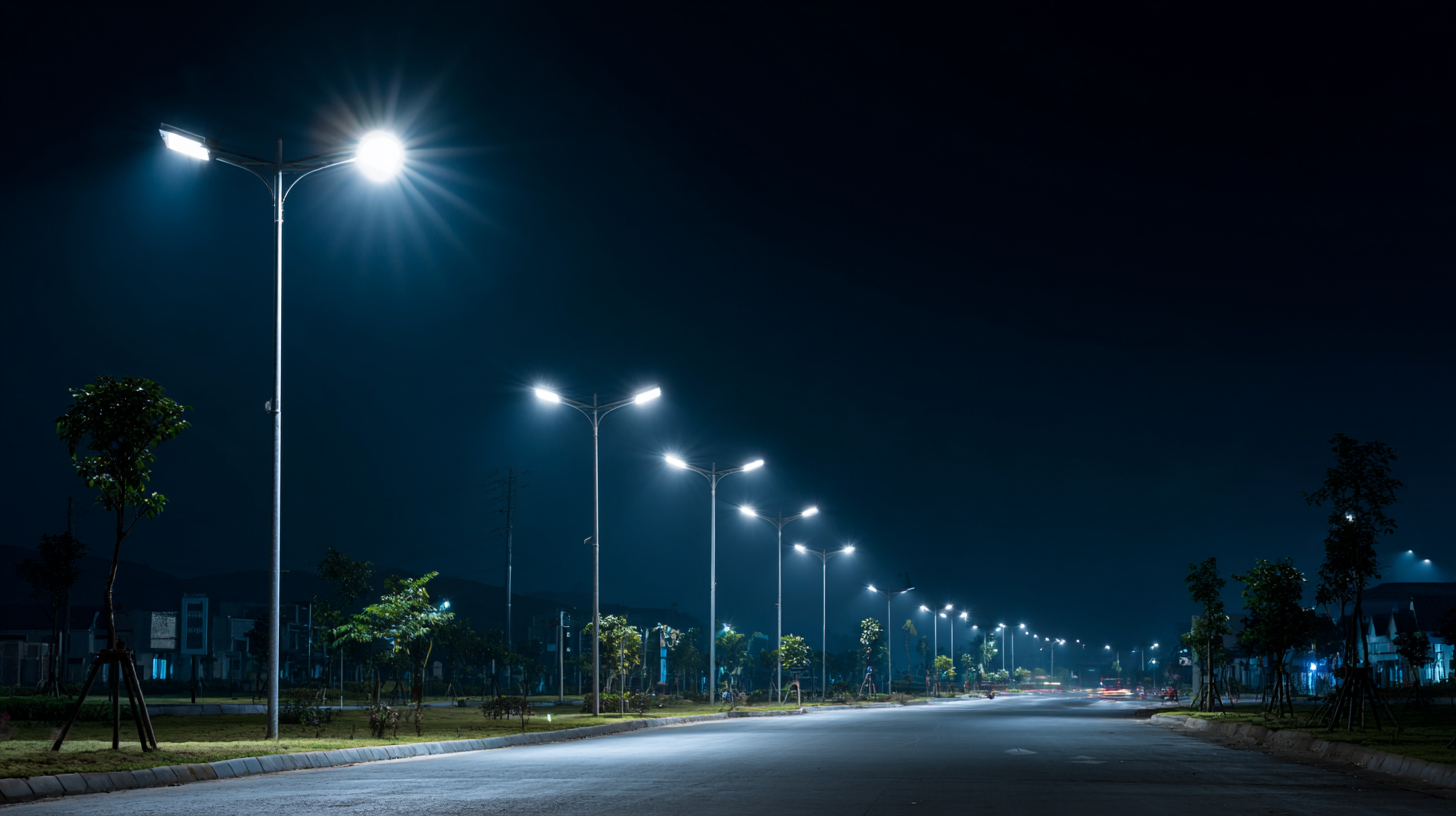
Another important aspect is the build quality and weather resistance of the fixtures. Given that outdoor environments can be harsh, look for solar pole lights made from durable materials such as aluminum or high-grade plastic that can withstand varying weather conditions. Additionally, check for features like waterproof ratings and UV protection, which can prolong the lifespan of the lights. Lastly, consider the solar panel efficiency and battery storage capacity to ensure that the lights operate optimally throughout the night, especially in areas with less sunlight. By focusing on these factors, you can create a sustainable and functional outdoor lighting solution.
Top Benefits of Incorporating Solar Pole Lights in Sustainable Landscaping
Incorporating solar pole lights into sustainable landscaping offers a multitude of benefits that align perfectly with the growing focus on health and wellness in outdoor spaces. According to a report by the U.S. Department of Energy, solar lighting systems can significantly reduce energy consumption by utilizing renewable energy sources, which not only decreases electricity bills but also lessens the carbon footprint of properties. This increase in sustainability preferences is echoed in the post-pandemic real estate market, where homebuyers are increasingly seeking green-certified homes, demonstrating a strong demand for eco-friendly solutions.
Furthermore, solar pole lights enhance outdoor aesthetics while providing safety and security. A study published by the National Renewable Energy Laboratory found that effective outdoor lighting can reduce crime rates by as much as 20%. By integrating solar pole lights into landscaping, homeowners not only improve the usability of their outdoor spaces but also contribute to the safety and well-being of their communities. The versatility and low maintenance of solar lighting solutions further encourage sustainable practices, making them an ideal choice for environmentally-conscious individuals looking to invest in their properties.
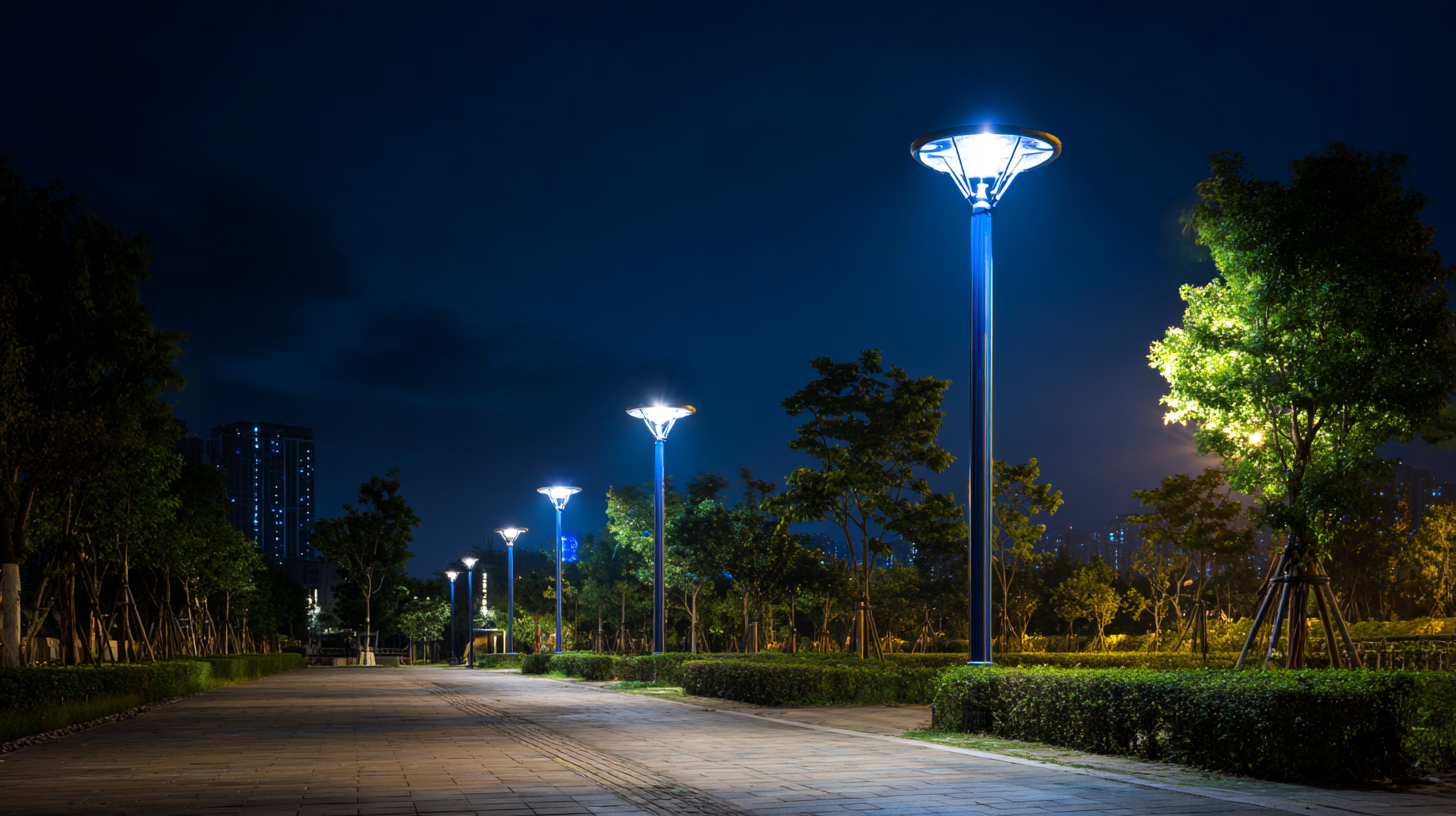
Essential Features to Look for in Quality Solar Pole Lights
When selecting solar pole lights for sustainable outdoor spaces, there are several essential features to consider that ensure quality and efficiency. Firstly, the solar panel's efficiency is critical; look for models with high-grade monocrystalline panels that can convert sunlight into energy effectively, even in low-light conditions. The wattage of the LEDs used is also important, as higher wattage typically means brighter illumination, which is necessary for safety and visibility in outdoor areas.
Another key consideration is the battery capacity. A robust battery allows the lights to operate for extended periods during the night, ensuring that your outdoor space remains well-lit after sunset. Opt for lithium-ion batteries, which tend to have longer lifespans and better performance than traditional nickel-cadmium options. Additionally, consider the durability of the materials used in the construction, as high-quality, weather-resistant materials like aluminum and tempered glass can withstand harsh outdoor conditions, making your solar pole lights a reliable choice for years to come.
How to Determine the Optimal Height and Placement for Solar Pole Lights
When determining the optimal height and placement for solar pole lights, several factors must be considered to maximize their effectiveness and ensure a sustainable outdoor space. First, the height of the pole is crucial. A general rule of thumb is to install solar pole lights between 8 to 12 feet high. This height provides adequate illumination while minimizing light pollution and ensuring that nearby structures or vegetation do not obstruct the light’s reach. Taller poles are ideal for broader areas, while shorter poles work better in intimate garden spaces.
Placement is equally important in achieving optimal lighting coverage. Solar pole lights should ideally be positioned to illuminate paths, driveways, or gathering areas without creating harsh shadows. A spacing of 10 to 15 feet between lights is often recommended, depending on the specific brightness and spread of the light fixtures. Additionally, avoiding direct placement in shaded areas will ensure that solar panels receive maximum sunlight exposure, leading to efficient energy absorption. By thoughtfully considering both height and placement, you can enhance the functionality and aesthetics of your outdoor space while promoting sustainability.
The Optimal Height and Placement for Solar Pole Lights
Maintenance Tips to Extend the Lifespan of Your Solar Pole Lighting Systems
When it comes to maintaining solar pole lighting systems, several strategies can significantly extend their lifespan. According to the Energy Saving Trust, regular cleaning of the solar panels is crucial, as dust and debris can reduce efficiency by up to 20%. Regularly checking the panels for dirt accumulation, especially during seasonal changes, ensures optimal performance. Additionally, keeping the batteries in good condition is essential; studies show that lithium-ion batteries, commonly used in solar lights, can last over five years with proper care. Monitoring battery health by checking for corrosion or leaks can prevent costly replacements.
Another important maintenance tip involves ensuring that the light fixtures are well-maintained. Research from the National Renewable Energy Laboratory indicates that LED lights, which are often used in solar pole systems, can last up to 50,000 hours if properly cared for, providing significant cost savings in the long run. Regularly inspecting the fixtures for any signs of damage or wear can help maintain their functionality and light output. Implementing these maintenance practices not only enhances the efficiency and durability of solar pole lights but also contributes to a more sustainable outdoor space.
Related Posts
-
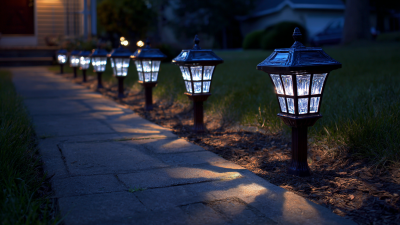
7 Best Solar Yard Lights to Brighten Your Outdoor Space
-

Top 10 Solar Light Manufacturers from China at the 137th Canton Fair
-
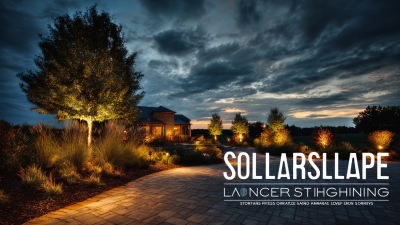
Exploring Sustainable Alternatives to Best Solar Landscape Lighting for Global Buyers
-
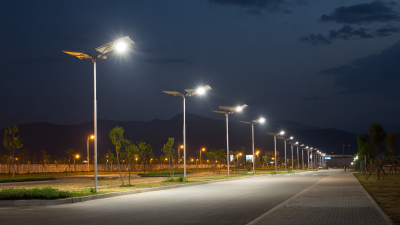
Elevating Global Standards: How China's Best Solar Pole Lights Redefine Quality and Trust
-

Innovative Examples of Best Solar Light Outdoor Solutions for Sustainable Living
-

5 Essential Tips for Choosing the Perfect Solar Landscape Lighting for Your Garden
